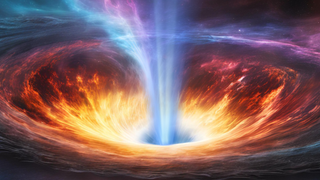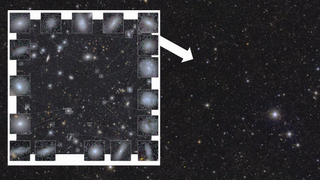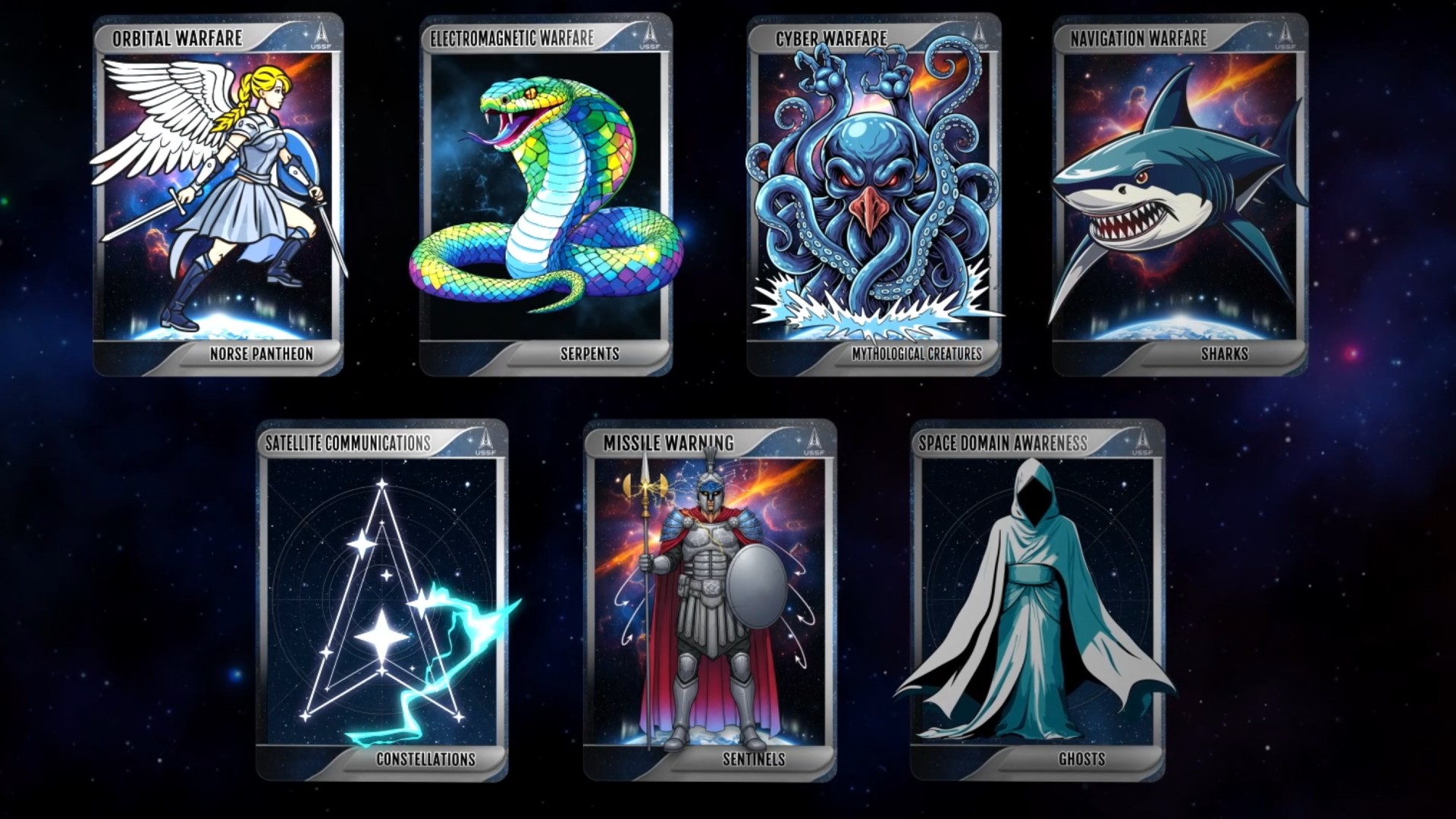Robert Lea is a science journalist in the U.K. whose articles have been published in Physics World, New Scientist, Astronomy Magazine, All About Space, Newsweek and ZME Science. He also writes about science communication for Elsevier and the European Journal of Physics. Rob holds a bachelor of science degree in physics and astronomy from the U.K.’s Open University. Follow him on Twitter @sciencef1rst.
Latest articles by Robert Lea

James Webb Space Telescope finds a wild black hole growth spurt in galaxies at 'cosmic noon'
By Robert Lea published
Using the James Webb Space Telescope, astronomers have peered into galaxies that existed at cosmic noon to hunt ravenously feeding black holes and bursts of starbirth.
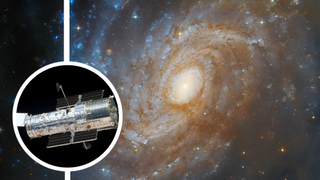
Can Hubble still hang? How the space telescope compares to its successors after 35 years of cosmic adventures
By Robert Lea published
On Thursday, April 24, 2025, the Hubble Space Telescope will celebrate 35 years in space. Can it still hold its own and prove useful when compared to instruments like the James Webb Space Telescope?
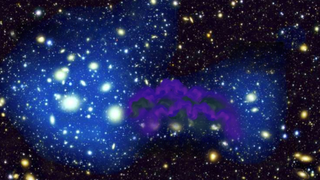
Astronomers discover dark matter 'bridge' linking colliding galaxies: 'This is the missing piece we've been looking for.'
By Robert Lea published
A massive clump of dark matter in the Perseus galaxy cluster is linked to its core by a bridge of dark matter, evidence of a history of mergers.
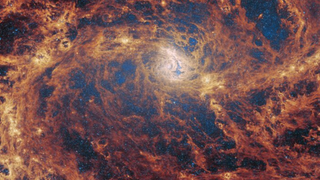
Has the James Webb Space Telescope discovered a 'missing' supermassive black hole? (video)
By Robert Lea published
Using the James Webb Space Telescope, astronomers have discovered "smoking gun" evidence of a hidden feeding supermassive black hole in a distant spiral galaxy.

Gamma-ray bursts reveal largest structure in the universe is bigger and closer to Earth than we knew: 'The jury is still out on what it all means.'
By Robert Lea published
New research suggests that the largest cosmic structure is even bigger and closer to Earth than we knew. It goes against scientists' models of cosmic evolution.
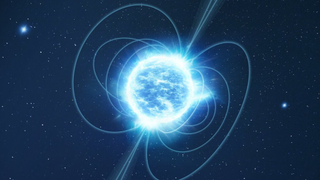
Where did this extremely magnetic, dense and dead star come from? Scientists aren't quite sure
By Robert Lea published
Using the Hubble and Gaia space telescopes, astronomers have discovered that a powerfully magnetic neutron star in the Milky Way wasn't born in a supernova.
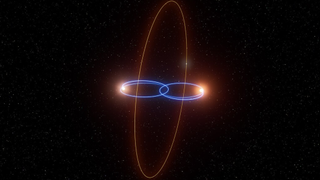
Scientists discover bizarre double-star system with exoplanet on a sideways orbit (video)
By Robert Lea published
Astronomers have discovered the weirdest planetary system ever seen, consisting of a planet rolling around rare binary "failed star" brown dwarfs at a 90-degree tilted angle!
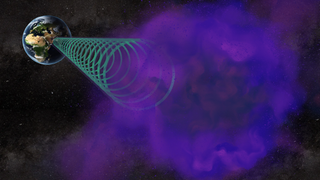
A 'cosmic car radio' could help scientists tune in to dark matter within the next 15 years
By Robert Lea published
Scientists have developed a cosmic car radio that could tune into the frequency of axions, a prime dark matter suspect.
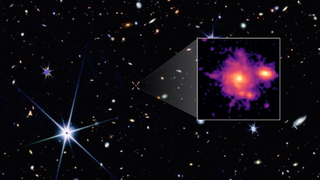
James Webb Space Telescope discovers most distant and earliest Milky Way 'twin' ever seen. Meet dragon-galaxy Zhúlóng (image)
By Robert Lea published
The James Webb Space Telescope has spotted the most distant spiral galaxy ever seen, a "Milky Way twin" that existed 1 billion years after the Big Bang.

Matter-spewing 'singularities' could eliminate the need for dark energy and dark matter
By Robert Lea published
A new cosmic model suggests that singularities could briefly pop into existence, spewing matter and energy into the cosmos, negating the need for dark energy and dark matter.
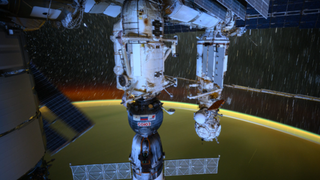
NASA astronaut Don Pettit and 2 cosmonauts will return to Earth on April 19
By Robert Lea published
NASA astronaut Don Pettit and two cosmonaut colleagues will return to Earth from the International Space Station on Saturday night (April 19), if all goes to plan.
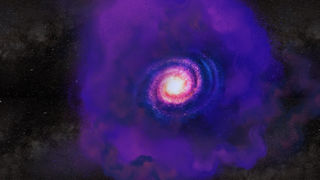
Some dark matter haloes could roll through the universe like hollow cosmic Easter Eggs
By Robert Lea published
The universe could be packed with dark matter haloes that have no galaxy fillings.
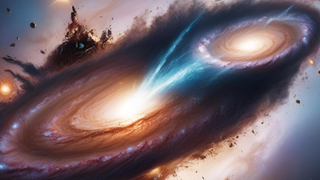
A gravitational war next door: The Large Magellanic Cloud is gradually destroying the Small Magellanic Cloud
By Robert Lea published
The Large Magellanic Cloud and Small Magellanic Cloud are at war, with the larger of these dwarf galaxies ripping the other apart.
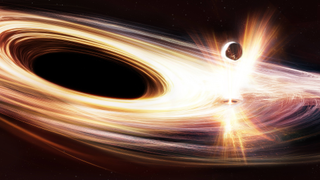
NASA spacecraft spots monster black hole bursting with X-rays 'releasing a hundred times more energy than we have seen elsewhere'
By Robert Lea published
Astronomers have used space-based telescopes, including NASA's Swift X-ray observatory, to watch a monster black hole spring to life with powerful X-ray eruptions.
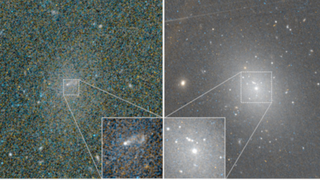
Hubble Telescope snaps 1st images of clashing star clusters at the hearts of dwarf galaxies
By Robert Lea published
Using the Hubble Space Telescope, astronomers have, for the first time, directly detected the merger of star clusters at the heart of dwarf galaxies.
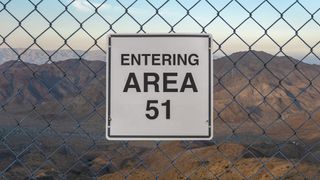
Area 51: What is it and what goes on there?
By Robert Lea last updated
Reference Area 51 is a U.S. military base that has become synonymous with tales of UFOs, government cover-ups and potentially testing alien technology.
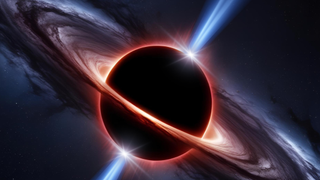
Could we use black holes to power future human civilizations? 'There is no limitation to extracting the enormous energy from a rotating black hole'
By Robert Lea published
Black holes power some of the most energetic phenomena in the known universe, but could they ever power an advanced human civilisation?
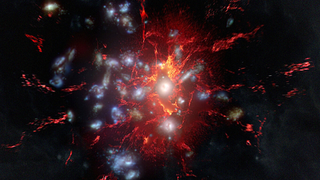
This baby galaxy cluster is powering extreme star formation with a hidden fuel tank
By Robert Lea published
An extreme protocluster gathering of infant galaxies is hiding a vast cosmic fuel tank that is powering 400 million years of intense star formation.
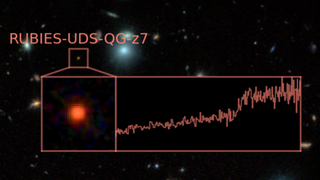
Record-breaking 'dead' galaxy discovered by JWST lived fast and died young in the early universe
By Robert Lea published
The most distant and earliest "dead" massive galaxy ever seen shows some galaxies lived fast and died young shortly after the Big Bang.
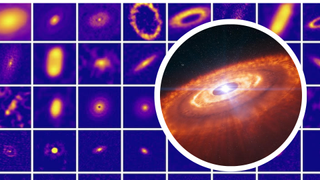
Exoplanet nurseries around infant stars can be much smaller than expected: 'It is astonishing'
By Robert Lea published
New findings from the ALMA telescope have revealed that planets are born in much smaller protoplanetary disks than astronomers suspected, some of which would fit with the orbit of Earth.

Unknown physics may help dark energy act as 'antigravity' throughout the universe
By Robert Lea published
Dark energy may have a completely unknown aspect of physics acting as an accomplice in its efforts to defy gravity, suppressing the growth of large-scale structures like galaxy superclusters.
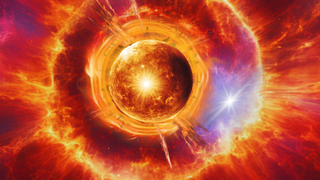
Strange red nova deaths of shrouded stars investigated by 'stellar Sherlocks'
By Robert Lea published
A group of stellar Sherlocks have solved the mystery of red transient objects that appear and fade in the sky, linking them to the total explosive death of stars.
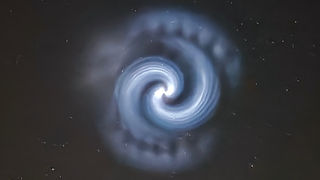
Mysterious blue spiral spotted over European skies. What was it? (photos)
By Robert Lea published
A strange blue spiral lit up the sky over Europe on Monday night (March 24), with residents of the UK and other countries speculating on its true nature on social media.
Breaking space news, the latest updates on rocket launches, skywatching events and more!

